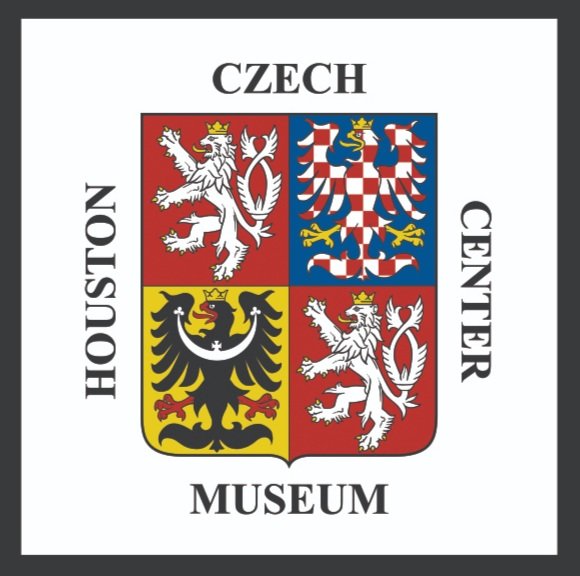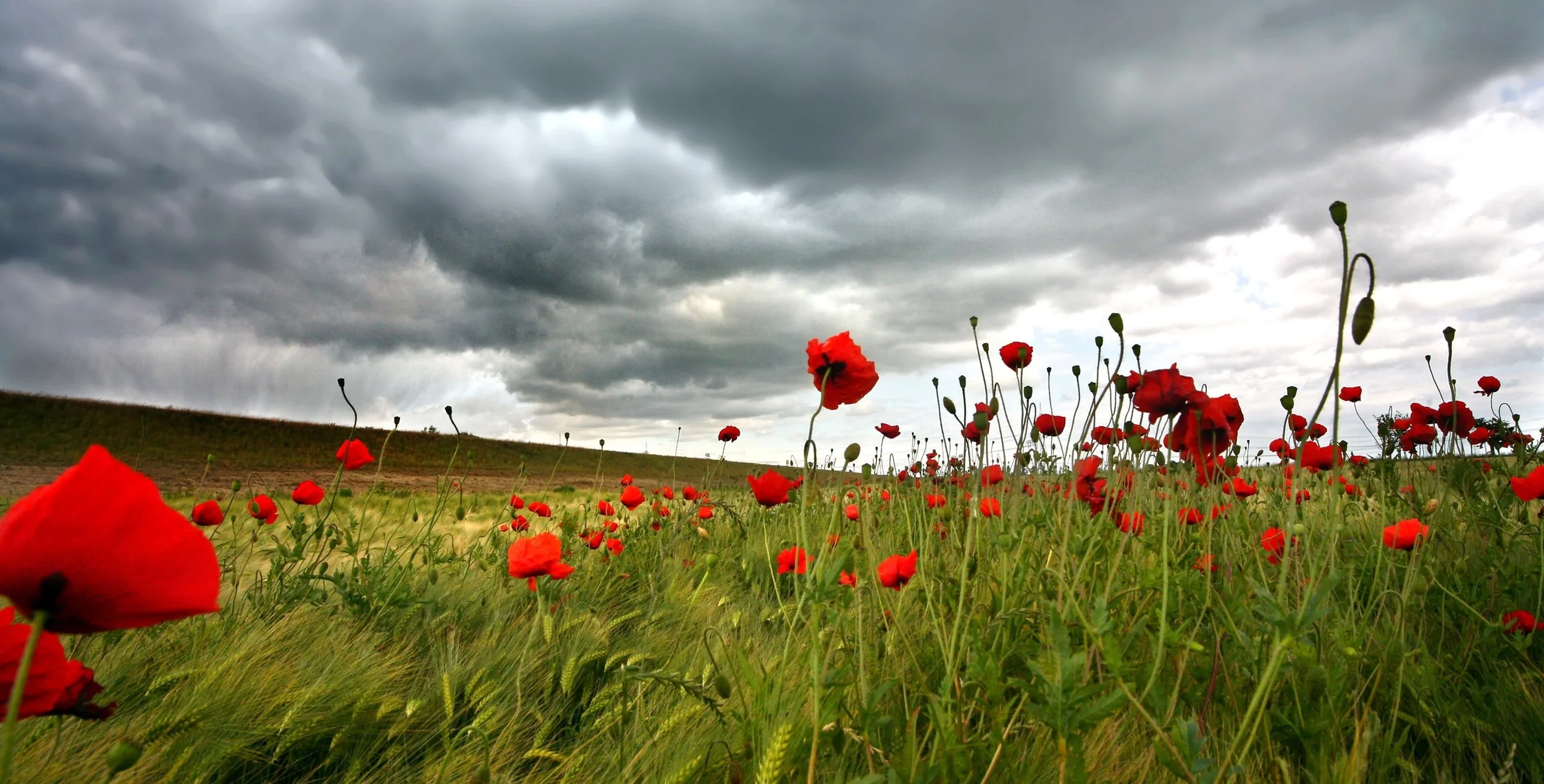For his time in the 14th century, King of Bohemia Charles IV was one of the most progressive rulers in his time. His greatest contribution to Czech culture is his urban plan for Prague, entitled New Town, or Nové Město. He centered the people of the town in his plans and centralized the working class members of society into New Town, which made it a hub for business and merchant activity. His establishment of Charles University also brought about many major institutional changes throughout Bohemia’s history.
Hans Krasa and Terezin
Born in 1899, Krasa was a young musical prodigy who composed his first songs at the age of ten. By the age of 39, he would compose his most famous song, Brundibar. By the age of 40, in 1939, the occupation of Czechoslovakia by Nazi Germany took place. After their occupation, Krasa was arrested by the Nazis and deported to the Terezin concentration camp, forced to compose as a part of a propagandic smokescreen.
Jaroslav Seifert
Jaroslav Seifert was a Nobel Prize winner who made his living as a journalist and published poetry in his early years. He was one of the Devětsil, a group of avant-garde artists, and a member of the Communist Party of Czechoslovakia (KSČ). Never content with the status quo, Seifert continued writing poetry and being a journalist as his life took many turns.
Opera in Czechoslovakia
Opera is as popular as ever in the Czech Republic! The musical artform got its beginnings back in Bohemia during the early 17th century, when an Italian comedy performed at King of Bohemia Ferdinand III. Music artist and songwriter Wolfgang Amadeus Mozart lived his life in Prague since his performance of Figaro was lauded there, in contrast to Vienna in Italy. Opera has a significant role in the Czech lands’ cultural future and present, as it was a part of the Czech National Revival.
An Army with No Country: A Siberian Odyssey
It’s the First World War, and the Czechoslovaks must get their soldiers from Ukraine to France, but without going through a Central Powers country or a sea without enemy ships. What do they do? Naturally, they go East: fight through the Bolsheviks, take over the Russian railway network, capture most of Siberia, and reach Vladivostok before the ships arrive to get you home. All this while losing less than 10% of your men over three years of fighting. It might sound crazy, but this is just the 2nd part to the story of the Czechoslovak Legion.
An Army with No Country: The Czechoslovak Legion in Europe
They were men without their own country, living split up among not one, but two mighty empires. When the Great War broke out and those empires began to crumble, those men took up arms in the struggle and fought so that one day they too would have their own nation. These were the men of the Czechoslovak Legion.
Current Events in the Czech Republic
Miloš Zeman is the current president of the Czech Republic, recently checked into a hospital for chronic health conditions. Due to the unfortunate circumstances facing the president, both houses of Parliament would need to discuss and pass a clause that allows lower officials to carry out presidential duties.
Rock Music in Czechoslovakia
The history on rock music in Czechoslovakia begins with its introduction in the early 1950s, beginning apolitically. By 1968, the apolitical aspect changed, in response to the 1968 Soviet bloc invasion, causing rock music to finally rebel and criticize the government, through satire and cryptic messaging, as the lyrics and content of rock songs were monitored.
Czechoslovakia and their only naval battle
Despite being a landlocked nation, Czechoslovakia had a naval army, one which fought a single battle. This singular battle took place on Lake Baikal in Russia during WWI. Being that Czechoslovakian soldiers fought so far away from their own nation and that they seemed unwelcome in Russia, the situation of their naval military grew more complicated.
Ten Popular Breweries in the Czech Republic
The Czech Pioneers of the Southwest by Henry R. Maresh and Estelle Hudson
Little Crumbs by Hana Juračáková
Prague Travel Guide
A Short History of Pilsner Urquell
The Dancing House of Prague
The Languages of Kafka
The Church of St. Cyril and Methodius: A History Old and New
Emperor Rudolf II: Prague's Patron of Arts and Science
Rudolf II, leader of the Holy Roman Empire, ruled from 1575-1612. His reign as emperor was nontraditional and he was well known for his patronage of arts and science. Under his rule, alchemists were protected and allowed to experiment and learn, making Prague one of the cultural centers of this scientific discipline. His rule also allowed artists from all over Europe to thrive and flourish, which artists noticed and greatly appreciated.



















